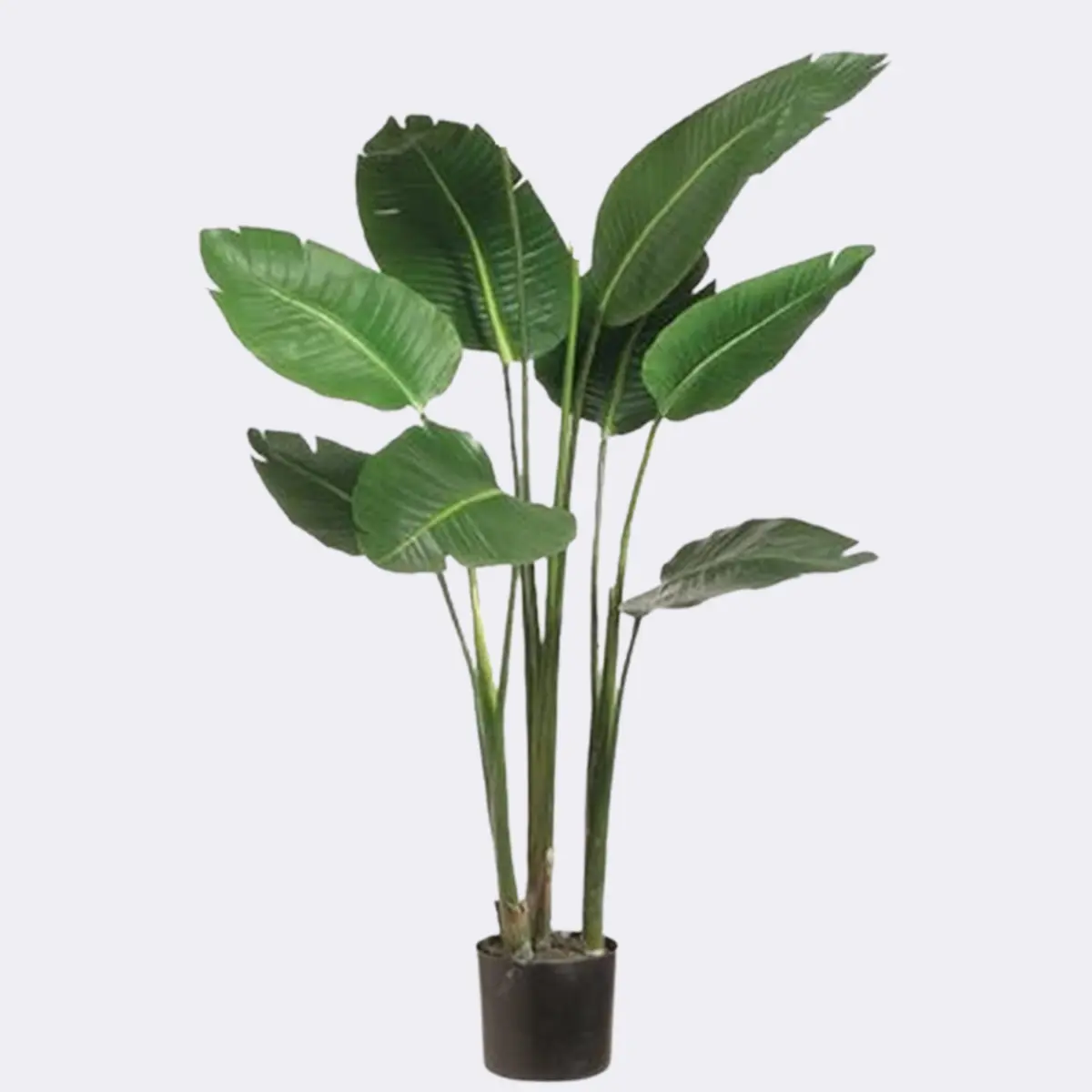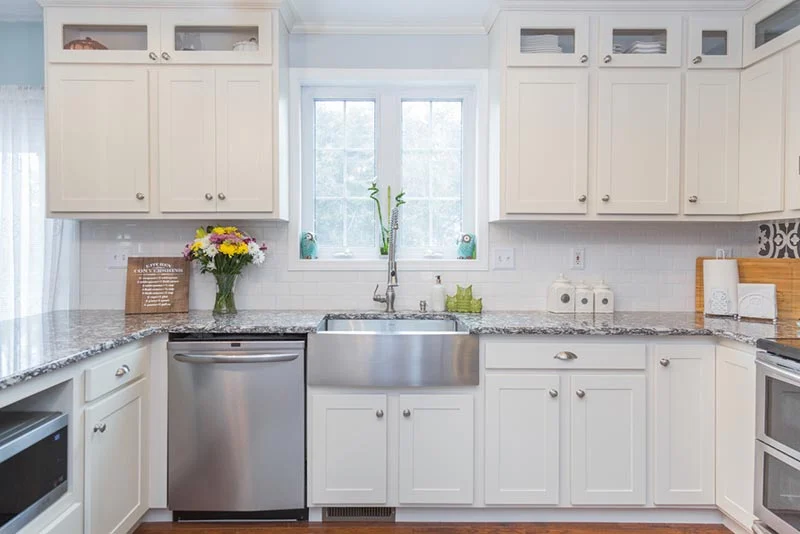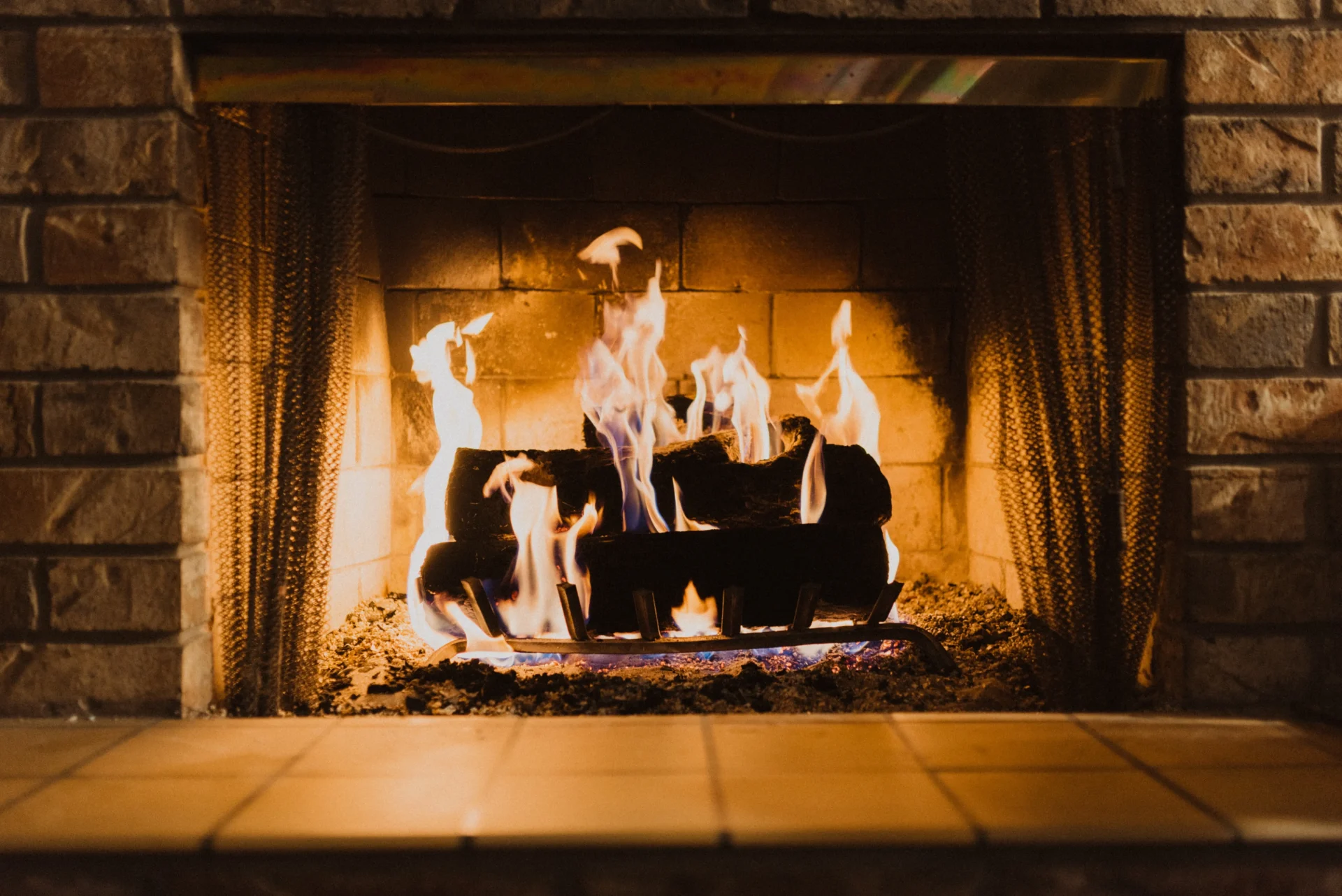There are a staggering number of options in kitchen flooring. When you think about the different types of kitchen flooring available, the natural tendency is to think that you have one or two choices and they are all functionally the same.
Different Types of Kitchen Flooring:
Many different types of kitchen flooring are available on the market today. Here is a look at some of the most popular types and why you may want to consider them for your kitchen:
Tile Flooring:
Tile flooring is a popular choice for kitchen flooring because it is durable, easy to clean, and comes in a variety of colors and styles. Tile can be used on both floors and walls, making it a versatile option for your kitchen.


Wood Flooring:
Wood floors are another popular option for kitchens. Wood floors offer a warm and natural look to your kitchen, and they can be refinished if they become damaged over time.
Linoleum Flooring:
Linoleum is a type of flooring that is made from natural materials like cork or wood. Linoleum is soft and comfortable to walk on, making it a good choice for families with young children.
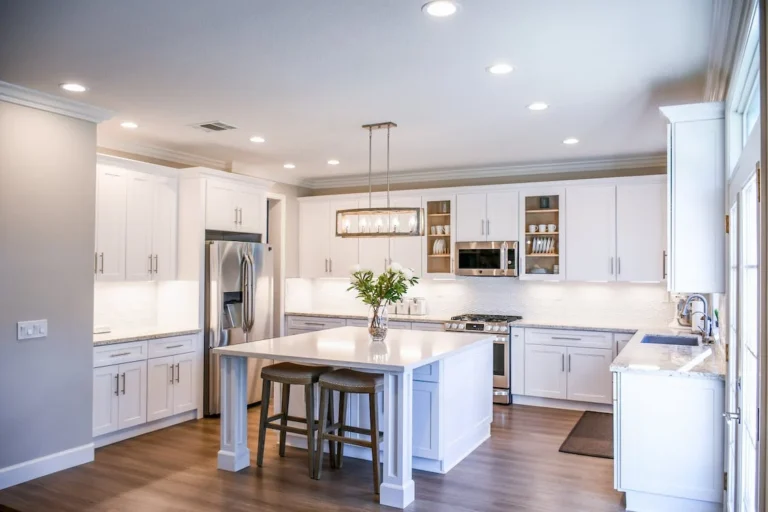
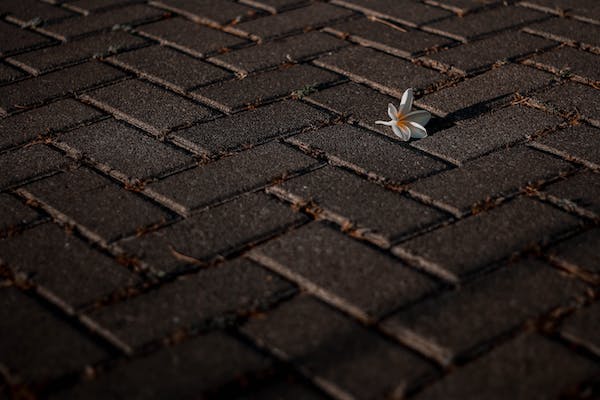
Concrete Flooring:
Concrete floors are becoming increasingly popular in kitchens. Concrete floors are durable and easy to clean, and they can be stained or painted to match your decor.
Bamboo Flooring:
Bamboo floors are an eco-friendly option for kitchens. Bamboo floors are durable and easy to maintain, and they provide a warm, natural look to your space.
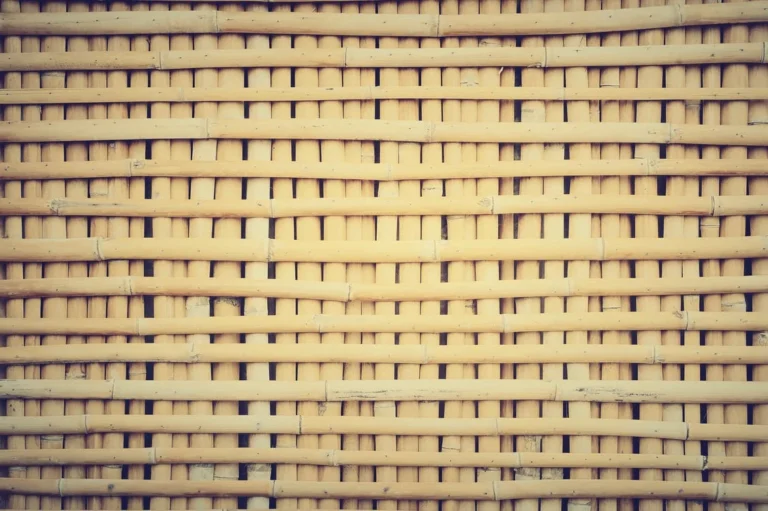
Hardwood vs Ceramic Tile Kitchen Flooring:
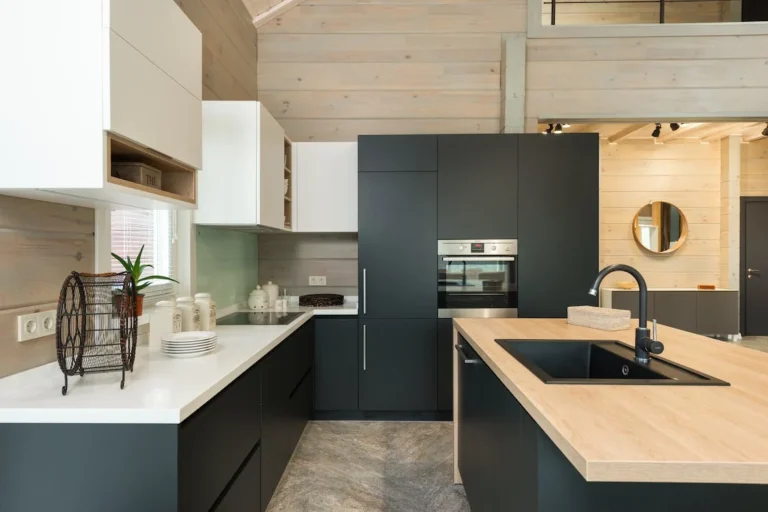
Two main types of kitchen flooring are hardwood and ceramic tile. Both have their pros and cons, so it’s important to consider which one is right for your kitchen.
Hardwood floors are classic and timeless. They’re easy to clean and maintain, and they can last for decades with proper care. However, hardwood floors can be scratched or dented easily, so they’re not the best choice if you have a busy household with kids or pets.
Ceramic tile is a popular choice for kitchens because it’s durable and easy to clean. Tile can also withstand a lot of wear and tear, so it’s a good choice if you have a busy household. However, tile can be cold and hard on your feet, so it’s not the most comfortable option.T
Laminate vs Vinyl (PVC):

Different options are available on the market, when it comes to kitchen flooring. One of the most popular choices is between laminate and vinyl (PVC). Both of these materials have their own set of benefits and drawbacks that you need to consider before making a decision.
- Laminate is a synthetic material that is made to resemble wood or stone. It is typically cheaper than natural materials like wood or stone, and it is also easy to install. Laminate is durable and scratch-resistant, but it can be damaged by water or heat.
- Vinyl (PVC) is a man-made material that is similar to plastic. Vinyl flooring is waterproof and easy to clean, but it can be damaged by sharp objects. Vinyl is also softer than laminate, so it may feel more comfortable underfoot.
There are so many flooring options for the kitchen, but you need to pick a practical and comfortable one that will make your kitchen look stylish. The first type is hardwood flooring. This is something that's durable and looks good, but it can be quite expensive
Gloss or Matte Finish:

Some main types of finishes for kitchen flooring are: gloss and matte. Each has its own advantages and disadvantages that you need to consider before making a decision.
Gloss floors are easy to clean and maintain, but they can show smudges and fingerprints more easily than matte floors. They also tend to be more slippery, so they may not be the best choice if you have young children or elderly family members in your home.
Matte floors don’t show smudges and fingerprints as readily as gloss floors, but they can be more difficult to keep clean. They also provide more traction, so they may be a better choice if you have young children or elderly family members in your home.
Simplicity, Quality and Cost:
Consider these things when selecting kitchen flooring. The three most important factors are simplicity, quality and cost.
- Simplicity: How easy is the flooring to clean and maintain? Some flooring materials are easier to care for than others. Quality: Is the flooring durable? Will it last through years of wear and tear? Cost: How much does the flooring cost? Is it affordable?
When it comes to simplicity, tile and linoleum are usually the easiest to care for. They can be wiped down or mopped with little effort. Carpet is more difficult to clean, but it can be vacuumed on a regular basis.
- Quality is important in any type of flooring, but it’s especially important in kitchen flooring because the kitchen is one of the busiest rooms in the house. Tile and linoleum are both very durable materials that will stand up to a lot of wear and tear. Carpet is less durable, but it can be replaced if it starts to show signs of wear.
- Cost is always a factor when making any purchase, but it’s especially important when choosing kitchen flooring because there are so many options available. Tile and linoleum are typically more affordable than carpet, but they may not be as cheap as laminate or vinyl. Ultimately, the decision comes down to what you can afford and what you’re looking for in terms of style and durability.
Material Durability:
Some factors to consider when choosing kitchen flooring, and one of the most important is durability. Some materials are more durable than others, and this can be a major deciding factor in what type of flooring you ultimately choose.
Here are some of the most durable kitchen flooring materials:
- Tile: Tile is a very popular choice for kitchen flooring because it is so durable. It is resistant to water and stains, and it can withstand a lot of foot traffic. Plus, tile is easy to clean and maintain.
- Hardwood: Hardwood floors are also very durable, and they can last for many years with proper care. They are resistant to scratches and scuffs, and they can be refinished if they start to show wear over time.
- Laminate: Laminate flooring is a more budget-friendly option that still offers good durability. It is scratch-resistant and stain-resistant, and it can also withstand a lot of foot traffic.
- Engineered wood: Engineered wood floors offer the same durability as hardwood floors but at a lower price point. They are also easier to install, which can be a plus if you’re doing a DIY project.
Cleaning Maintenance:
In kitchen flooring, there are a few things you need to take into account. The first is cleaning maintenance. Some flooring materials are easier to keep clean than others. For example, tile and linoleum can be easily wiped down, while carpets will require regular vacuuming and stain removal.
Another factor to consider is durability. You’ll want to choose a material that can stand up to the wear and tear of daily use. Linoleum and tile are both very durable options, while carpet may require more frequent replacement.
Finally, you’ll need to think about aesthetics. What kind of look do you want for your kitchen? Do you prefer a traditional or modern style? There are many different types of kitchen flooring available in a variety of colors and patterns, so you’re sure to find something that suits your taste.
Design Modern, Casual, Industrial and Classic:

Different types of kitchen flooring have their own advantages and disadvantages. You need to consider your own needs and preferences when choosing the right type of flooring for your kitchen.
Hardwood floors are a classic choice for kitchens. They are easy to clean and maintain, and they can provide a warm and natural look to your kitchen. However, hardwood floors can be scratched or damaged easily, and they may not be the best choice if you have pets or small children.
Tile is another popular choice for kitchens. Tile is durable and easy to clean, but it can be cold and hard on your feet. You also need to be careful with tile, as it can crack or chip easily.
Linoleum is a less common choice for kitchens, but it can be a good option if you want an environmentally friendly flooring option. Linoleum is made from natural materials and is easy to clean, but it can be slippery when wet.
Carpet is not typically used in kitchens, but it can be a good option if you want a soft surface to stand on while you cook. Carpet is comfortable and quiet, but it can be difficult to clean spills quickly.
Conclusion:
When it comes to choosing kitchen flooring, there are many different types to choose from. Each type has its own unique benefits and drawbacks, so it’s important to consider all of your options before making a final decision. We hope that this article has helped you learn a little more about the different types of kitchen flooring and why you need to consider them before making your final decision. Thank you for reading!



